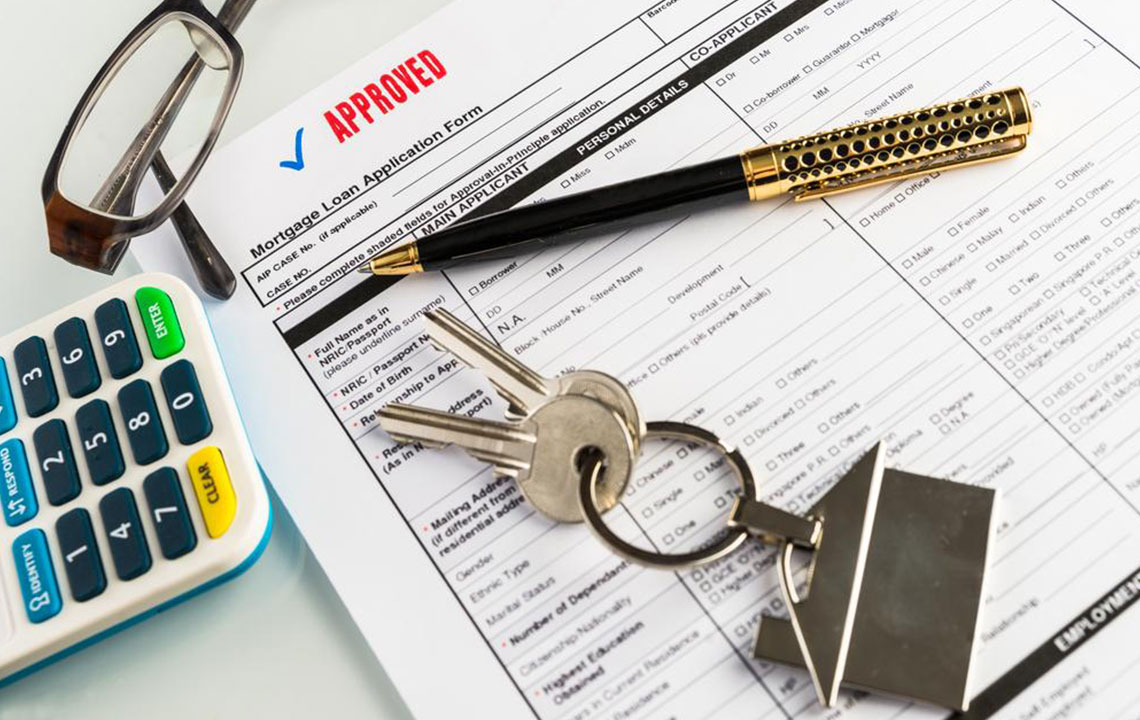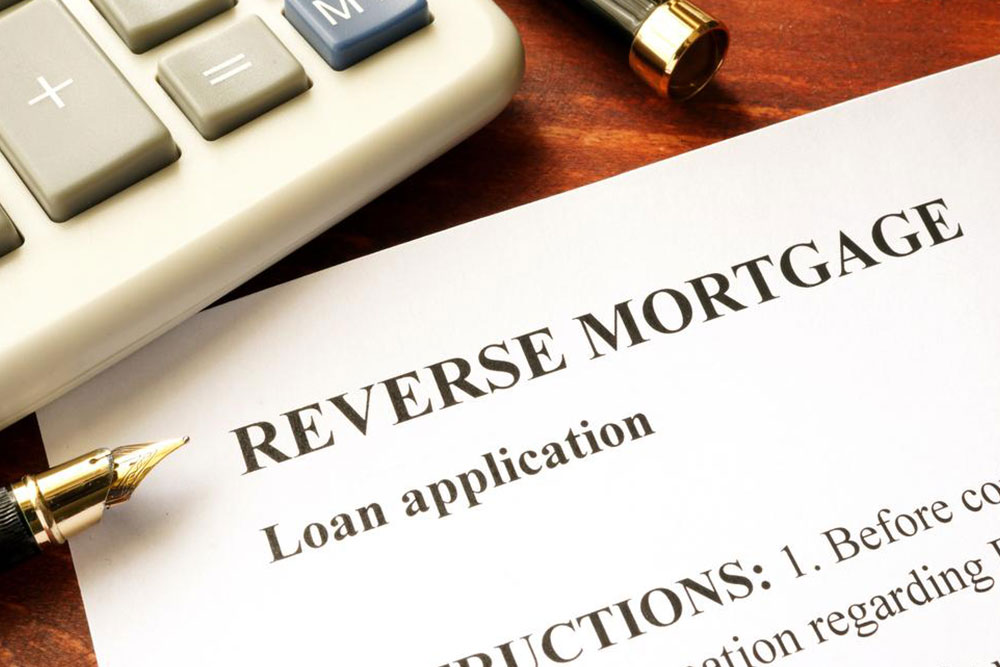Comprehensive Guide to Different Mortgage Refinancing Options for Homeowners
This comprehensive article explores various mortgage refinancing options, including Rate and Term Refinance, Cash-Out Refinance, Cash-In Refinance, HARP, and Short Refinance. It explains their benefits, eligibility criteria, and best use cases, helping homeowners make informed decisions to optimize their finances and avoid foreclosure. Understanding these strategies enables improved budgeting and long-term financial planning, making it easier for homeowners to leverage low interest rates and home equity effectively.

In-Depth Overview of Various Mortgage Refinancing Strategies
Mortgage refinancing has become increasingly popular among homeowners seeking to optimize their financial situations, especially in periods where mortgage interest rates are exceptionally low. With recent market trends showing historic lows in interest rates, many homeowners are exploring refinancing options to reduce monthly payments, lower overall interest costs, or access home equity for other financial needs. Understanding the various types of refinancing available is crucial to making an informed decision that aligns with your long-term financial goals. In this comprehensive guide, we will explore the most common mortgage refinancing options, their benefits, eligibility criteria, and practical use cases to help you navigate this important financial decision.
Rate and Term Refinance: One of the most straightforward refinancing options, this involves replacing your existing mortgage with a new loan that features different interest rates and loan terms. This strategy is particularly effective for homeowners looking to lower their monthly payments, alter their loan duration, or switch to a more stable fixed-rate mortgage from an adjustable-rate mortgage (ARM). By adjusting the interest rate and/or the length of the loan, borrowers can achieve significant savings or better match their repayment timeline.
Rate and Term refinancing remains a popular choice because it provides an opportunity to reduce interest payments or modify the loan structure to better suit the borrower’s financial situation. For example, switching from a 30-year to a 15-year mortgage can significantly reduce total interest paid, while a change from an ARM to a fixed-rate mortgage offers budget stability. Homeowners should consider current interest rates, remaining loan duration, and their future plans when opting for this refinance type.
Another widely used refinancing option is the Cash-Out Refinance. This method allows homeowners to tap into their accumulated home equity to access funds for various purposes such as home renovations, debt consolidation, or education expenses. In this process, your existing mortgage is replaced with a new, larger loan, and the difference is paid out to you in cash. While this increases your loan balance, it often comes with the advantage of more favorable interest rates than other forms of borrowing, making it a cost-effective way to leverage your property’s value.
The Cash-In Refinance is another strategic approach that involves bringing cash into the mortgage payoff to reduce the principal balance. This can be particularly beneficial for homeowners seeking to lower their monthly payments or pay off their mortgage faster. By reducing the loan amount, you may also qualify for a better interest rate or more favorable terms, further reducing your overall financial burden.
For homeowners facing financial difficulties or those who have experienced a decline in property value, the Home Affordable Refinance Program (HARP) presents an essential opportunity. Designed specifically for borrowers with negative equity—meaning they owe more on their mortgage than their home is worth—HARP enables access to refinancing up to 125% of the home's appraised value. This program helps struggling homeowners secure lower interest rates and more manageable payments, preventing foreclosure and stabilizing their finances.
Lastly, the Short Refinance option is typically available for homeowners facing imminent foreclosure. In this process, the lender agrees to pay off the existing mortgage and replace it with a new, low-interest loan that the homeowner can afford. This approach often requires lender approval and may be part of broader loss mitigation efforts. While less common, short refinancing can provide a lifeline for homeowners desperately trying to avoid foreclosure and regain control of their financial health.
By understanding the distinct advantages and eligibility requirements of each refinancing option, homeowners can select the most suitable strategy for their unique financial circumstances. Consulting with mortgage professionals and carefully evaluating the terms of each option will help you make an informed decision, maximize your financial benefits, and pave the way toward a more stable financial future.





